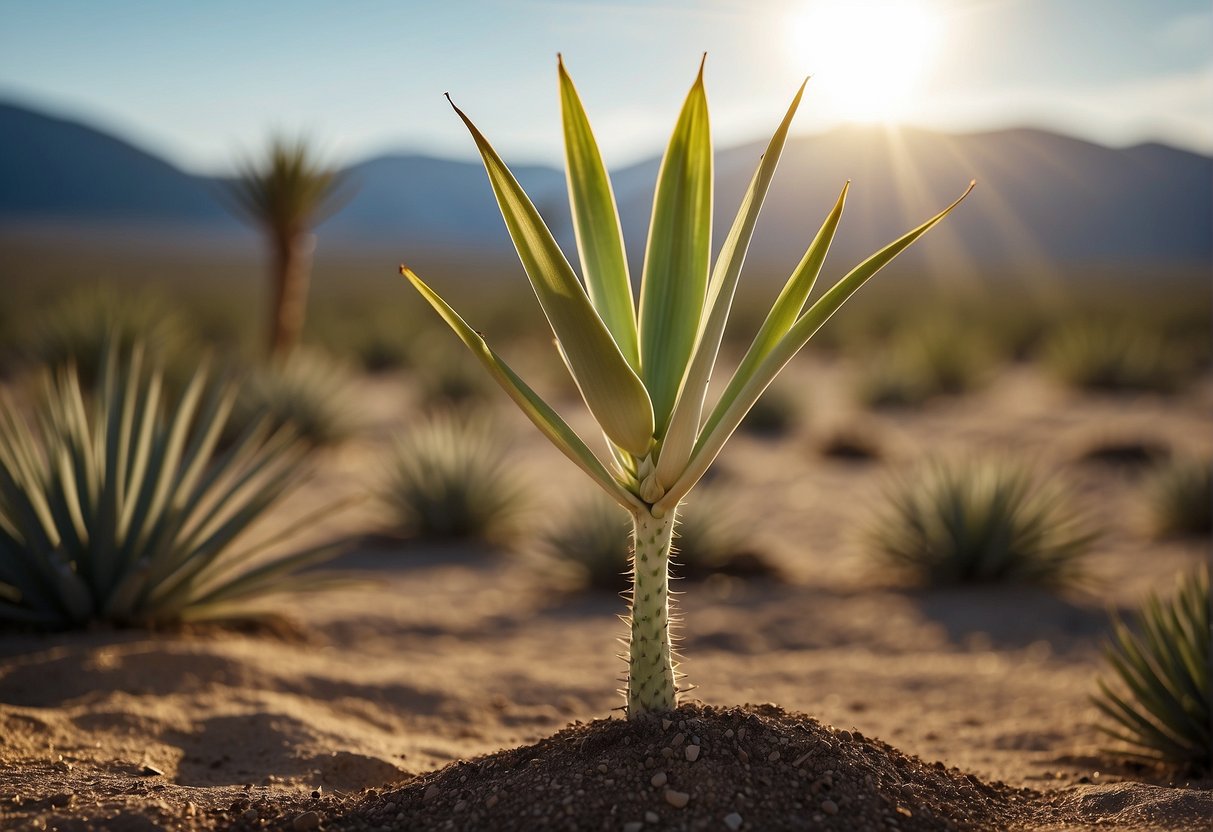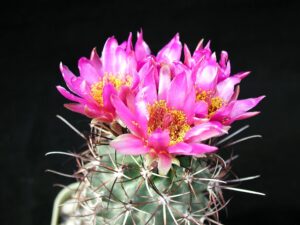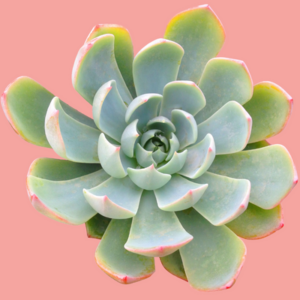The yucca plant is an extraordinary member of the Asparagaceae family, best known for its striking architectural form and remarkable resilience. While often cultivated for ornamental uses, the intrigue surrounding yucca plants stems not just from their aesthetic appeal but also their ability to flourish across diverse ecosystems. This article endeavors to delve into the natural habitat of yucca plants, revealing the unique characteristics that allow them to thrive in seemingly inhospitable environments.
Yucca plants predominantly inhabit regions characterized by arid and semi-arid climates. Their architectural spikes and rosettes of evergreen foliage make these plants an eye-catching addition to landscapes. However, the rugged beauty of yucca is not only for admiration; it is a testament to their adaptability to extreme environmental conditions. To appreciate these resilient plants truly, one must first explore the ecosystems from which they originate.
Yucca plants are primarily native to the Americas, with a concentration in the southwestern United States and parts of Mexico. Here, they are often found in desert landscapes and scrublands. Their habitat showcases a symbiotic relationship with the terrain—be it sandy soils, rocky outcrops, or dry scrub. This adaptability is further reflected in their physiological traits, such as extensive root systems that allow them to tap into deep water reserves and waxy leaves that minimize moisture loss.
Ecological Diversity of Yucca Habitats
One of the most fascinating aspects of yucca plants is their ability to thrive in an array of ecological zones, each presenting a unique set of challenges. The Mojave Desert, for instance, houses species like the Joshua tree yucca (Yucca brevifolia) which has evolved to withstand extreme temperatures and minimal rainfall. These landscapes are defined by their dramatic vistas and stark contrasts, where yuccas rise majestically against the backdrop of expansive dunes and rugged canyons.
Similarly, the Sonoran Desert offers a different yet equally vibrant environment for yuccas. The plants here grow amongst iconic cacti species, such as the saguaro, creating an aesthetic tableau that is both wild and wondrous. The interplay of light and shadow during the golden hour accentuates the bold silhouettes of yuccas, which stand as custodians of the harsh desert conditions.
In Mexico, particularly in the region known as dry tropical forests, yucca species like Yucca elephantipes flourish under a canopy of varied vegetation. This ecosystem supports not only yuccas but a plethora of plant and animal life. The yucca’s structural features allow it to thrive, often flowering amid the lush greenery, thus captivating both the eye and the ecological tapestry around it.
Resilience and Adaptability: The Yucca Advantage
The resilience of yucca plants can largely be attributed to their unique adaptations, which allow them to endure their challenging habitats. Their fibrous leaves, equipped with sharp tips, serve a dual purpose: they can deter herbivores while also reducing transpiration. By minimizing water loss, yuccas can survive extended dry spells, a common occurrence in their native regions.
Moreover, yucca plants engage in a fascinating mutualistic relationship with the yucca moth, which plays a crucial role in their reproductive cycle. The moth pollinates the flowers while simultaneously laying its eggs inside, showcasing an intricate dance of survival. Such relationships exemplify the interconnectedness of ecosystems, highlighting the yucca’s role as a keystone species. Intriguingly, this alliance is so specialized that yucca plants cannot successfully reproduce without their moth partners, underpinning the nuanced balance of their habitats.
The diversity within the yucca genus is also noteworthy, with over 40 species recognized worldwide. Each species demonstrates unique adaptations specific to its environment. For example, the prominent spikes of Yucca gloriosa—commonly known as the Spanish dagger—serve as a defense mechanism, deterring animals from browsing on them in their natural habitat. Such physical traits not only contribute to their aesthetics but fortify their survival in competitive ecosystems.
Where to Find Yucca Plants Today
Yucca plants have transcended their natural habitat to become cherished ornaments in gardens and urban landscapes worldwide. Their striking form, coupled with their unwavering hardiness, makes them popular choices for xeriscaping and drought-tolerant gardens. Landscapers and hobbyists alike are captivated by the striking contrasts between yuccas and other plant species, where their bold lines offer aesthetic appeal and visual interest.
In conclusion, the yucca plant serves as a testament to nature’s artistry and resilience. Originating from the arid regions of the Americas, these plants have carved out an essential niche within diverse ecosystems. Their ability to adapt and thrive in challenging environments is nothing short of remarkable. With a reputation for their robust beauty and architectural flair, yuccas undeniably leave an indelible mark on both its natural habitat and cultivated spaces. Understanding where and how yucca plants grow unveils not only their ecological significance but also enhances their allure to enthusiasts and botanists alike.





Leave a Comment